POP vs POS: Understanding the Differences
Grasp POP vs POS: Enhance shopping with strategic displays & efficient transactions. Discover tools & roles today. Click to optimize retail!

Grasp POP vs POS: Enhance shopping with strategic displays & efficient transactions. Discover tools & roles today. Click to optimize retail!

Understanding the difference between POP (Point of Purchase) and POS (Point of Sale) is essential for retail strategy. With India’s POS terminal market valued at USD 3.3 billion in 2025, retailers are investing in smarter systems to improve customer experience and optimise transactions.
We understand that navigating the terminology and practical applications of POP and POS can be confusing and overwhelming for many retail store owners and managers striving to optimise their store layouts and sales strategies. This blog breaks down the key POP POS differences, helping retailers use both effectively to increase engagement and sales.

Point of Purchase (POP) refers to the location or materials where a customer is exposed to products with the aim of encouraging a purchase. POP includes any display, signage, or fixture used to attract shoppers’ attention and promote products at or near the point where buying decisions are made.
Examples of POP displays include:
POP displays are primarily designed to capture attention, highlight products, and encourage impulse purchases. Understanding POP helps you differentiate it from the transactional side of retail. This sets the stage for POS, which focuses on completing the purchase and managing transactions efficiently.
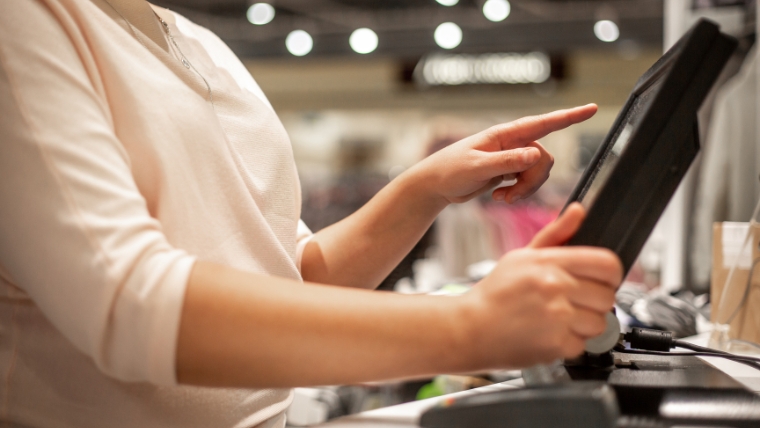
Point of Sale (POS) refers to the location or system where a retail transaction is completed. POS includes the hardware and software used to finalise purchases, process payments, and often manage inventory and customer data.
Examples of POS setups:
POS is primarily focused on facilitating transactions, managing sales data, and ensuring a smooth checkout experience. Understanding POS clarifies how it complements POP displays. While POP draws customers in, POS ensures purchases are completed efficiently. This is explained better in the next section.
Suggested Read: Supermarket Racks Revamp Increases Sales by 20%: A Case Study
Understanding the distinction between POP and POS is essential for effective retail strategy. While both contribute to sales, they focus on different stages of the customer journey: attraction versus transaction.
Quick Comparison Table:
Detailed insights into POP POS differences:
Recognising these differences can help you optimise both attraction and transaction areas. Next, let’s explore how well-planned POP displays can directly impact sales and customer engagement.
No matter which display type you prioritise, Expanda Stand has you covered. Our solutions are versatile, durable, and designed to make an impact. Whatever your store layout or merchandising strategy, we help you showcase products effectively.
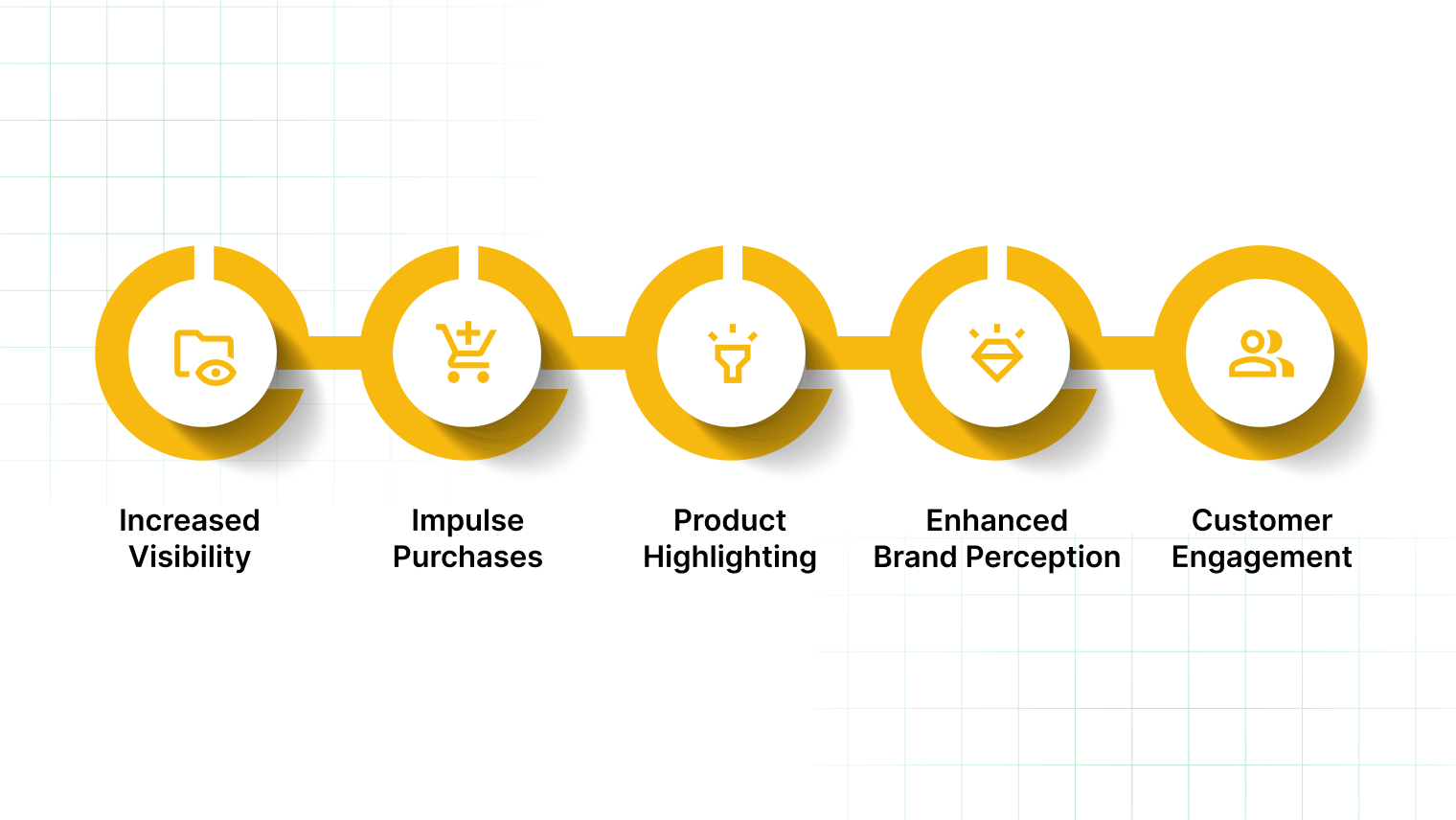
Effective POP displays do more than decorate your store. They influence customer behaviour, guide purchasing decisions, and can significantly improve sales. Well-designed displays attract attention, highlight products, and create a sense of urgency, especially for impulse buys.
Influence of POP on sales:
Optimising POP displays sets the stage for sales success, but understanding how POS systems complement this impact is equally important. Let’s explore the role of POS displays in driving transactions and revenue.
Suggested Read: How to enhance your space with effective display racks
POS displays play a critical role in completing the purchase journey. POS setups can influence customer satisfaction, repeat purchases, and overall store revenue.
Influence of POS on sales:
Understanding the effect of both POP and POS displays helps retailers decide how to allocate space and resources. The next step is knowing how to choose between POP and POS displays to achieve the right balance for your store.

Knowing when to use POP or POS displays can make a significant difference in driving sales and ensuring operational efficiency. The key is matching your display type to the product, purpose, and customer behaviour.
These setups work best when you want to attract attention and influence shopping decisions:
POS displays excel when the goal is to refine transactions and secure purchases:
Sometimes a hybrid POP POS approach is most effective. Consider these strategies:
By aligning display type with product and customer interaction, you ensure both attraction and conversion are maximised. Understanding this balance helps you create a cohesive shopping experience that keeps customers engaged from browsing to checkout.
Additionally, choosing between POP and POS is easier when your displays can adapt. Expanda Stand’s modular, reconfigurable units let you switch layouts, highlight products, or upgrade checkout setups. Get in touch with us today.
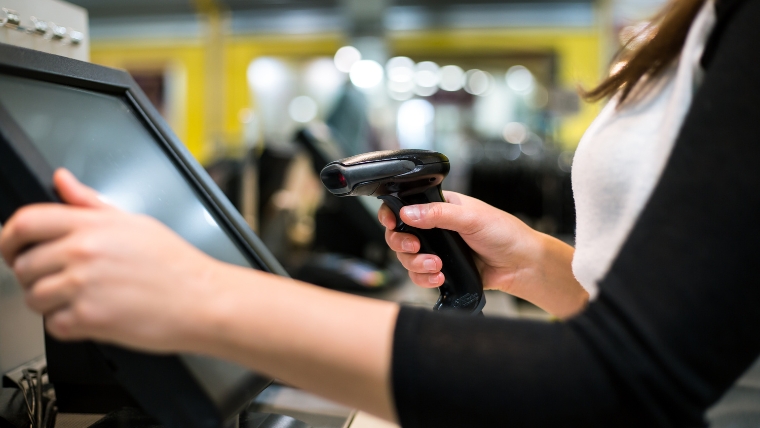
Maximising the impact of POP and POS displays requires more than simply setting up stands or signage. Success depends on how strategically you design, place, and refresh them to capture attention and convert interest into sales.
By thoughtfully applying these practices, retailers can extract the maximum value from both POP and POS setups. You can ensure your displays do more than decorate the space by actively driving sales. The next section explains the various factors that come into play while choosing a display type.
Suggested Read: 10 Tips to maximise your sales with retail display racks

Choosing between POP and POS displays, or even among their many variations, requires a clear understanding of your retail goals and constraints. The right choice strikes a balance between practicality and the ability to engage customers and influence purchasing decisions.
Consider the following:
Evaluating these considerations equips retailers to make smarter choices that balance style, functionality, and ROI. Once these basics are in place, the next step is to explore how dedicated solutions, such as those from Expanda Stand, can further increase display impact.
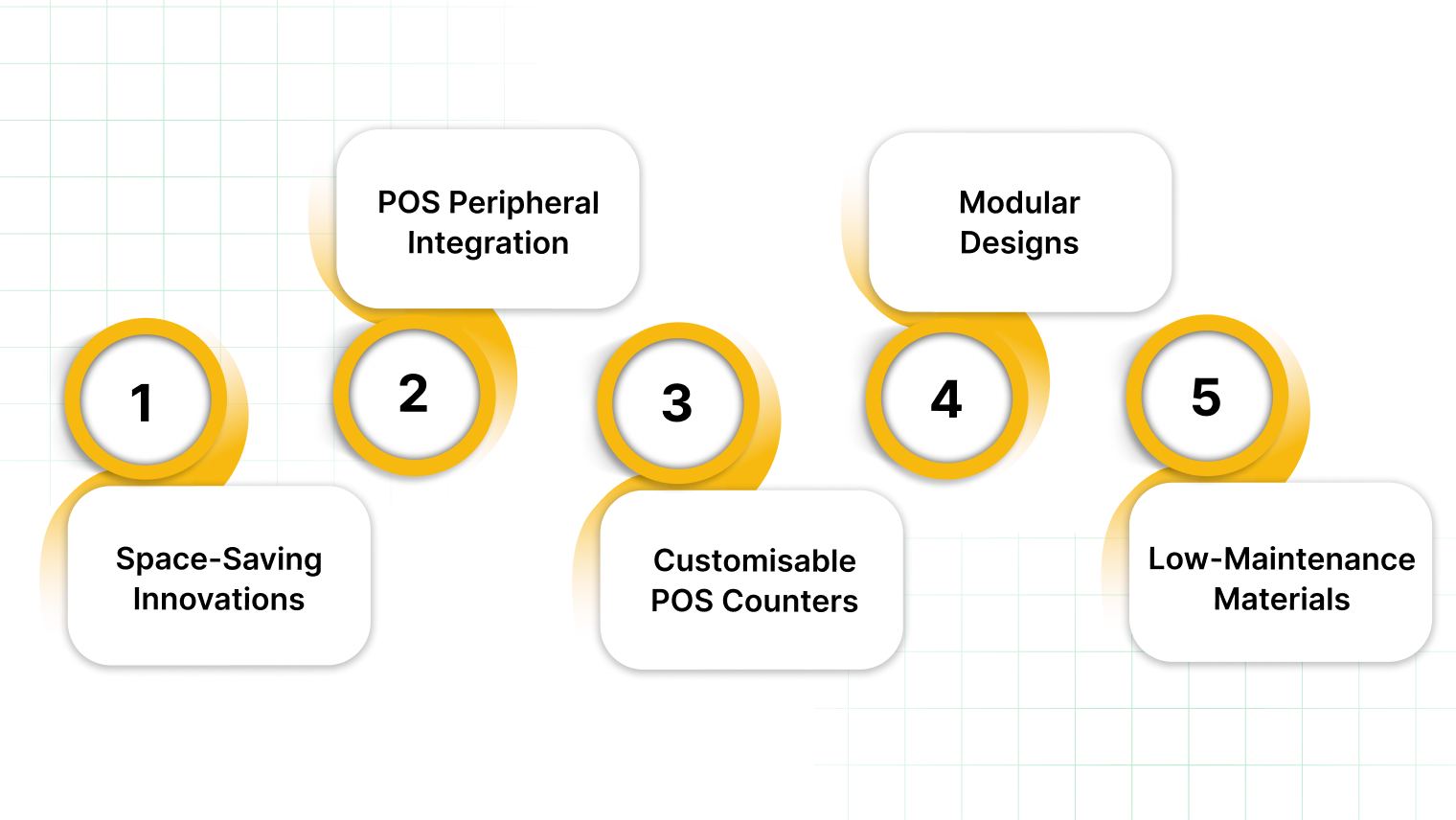
At Expanda Stand, we believe that securing standout displays is more than focusing on creativity. We provide the racks, displays, and merchandising solutions you need to execute polished and functional setups. Whether it’s making a product look good or enhancing the checkout experience, our solutions are designed to deliver both impact and efficiency.
These are a few reasons why we are recognised as industry leaders in the POP POS space:
Every retailer wants to maximise the space they have while displaying their merchandise. From corner fixtures to collapsible stands, our solutions maximise floor area without sacrificing visibility. These space-efficient designs are particularly useful for smaller stores or pop-up shops aiming to display more with less.
With over 25 years of experience and more than 70,000 units installed, Expanda Stand offers rugged POS peripherals. You can count on us for QR code scanners, receipt printers, and cash drawers. These are all built for precision and reliability in fast-paced retail environments.
We offer POS counters that combine form and function beautifully. Our display solutions are customisable in materials, colours, and finishes. We offer built-in storage and ergonomic design to optimise checkout while reinforcing brand aesthetics.
Retail managers can easily configure racks, wall units, and display fixtures in endless combinations. This flexibility enables you to adapt quickly to seasonal themes, product rotations, or promotional campaigns. We also offer brand colour schemes and textures for a more cohesive look.
Expect long-lasting fixtures crafted from scratch-resistant, high-quality materials. Our units can easily withstand daily handling and frequent reconfiguration, ensuring your store maintains a polished, professional look with minimal upkeep.
At Expanda Stand, we equip retailers with a full suite of products, from customizable POS counters and integrated peripherals to modular display racks and fixtures. Our durable, brand-aligned solutions help enhance both customer experience and store efficiency.
POP and POS displays play a crucial role in shaping customer decisions and driving sales. While POP draws attention and sparks interest, POS reinforces the purchase decision. You need a combination of the two for maximising impact.
Expanda Stand understands this balance and provides innovative solutions that bring both POP and POS strategies to life. From versatile modular displays to tech-enabled systems, our designs help retailers effectively showcase their products. Our products are designed to enhance the overall shopping experience.

Explore tailored display solutions with Expanda Stand and see how your store can benefit from smarter merchandising. Reach out today to discuss your retail display needs.
Yes, POP displays come in both forms. Temporary displays are common for seasonal promotions or product launches, while permanent ones reinforce brand presence over time. The choice depends on campaign goals, product type, and budget.
No, POS displays extend beyond counters. They can be integrated into self-checkout areas, digital kiosks, or mobile payment stations. The key is positioning them at the moment of purchase, where impulse decisions are most likely.
POP displays are widely used in the FMCG, cosmetics, electronics, and beverage industries. They spotlight new products, encourage sampling, and strengthen brand visibility in competitive aisles, making them highly effective in high-traffic, decision-heavy retail environments.
POP attracts customers during browsing with eye-catching designs, while POS converts interest into purchases at checkout. Using both ensures product storytelling, guiding shoppers from curiosity to final purchase and maximising overall sales potential.
Yes, POP requires bold, attention-grabbing visuals to stop shoppers in aisles, while POS benefits from concise, persuasive messaging that nudges impulse buys. Both must align with brand identity but target different stages of the buying journey.
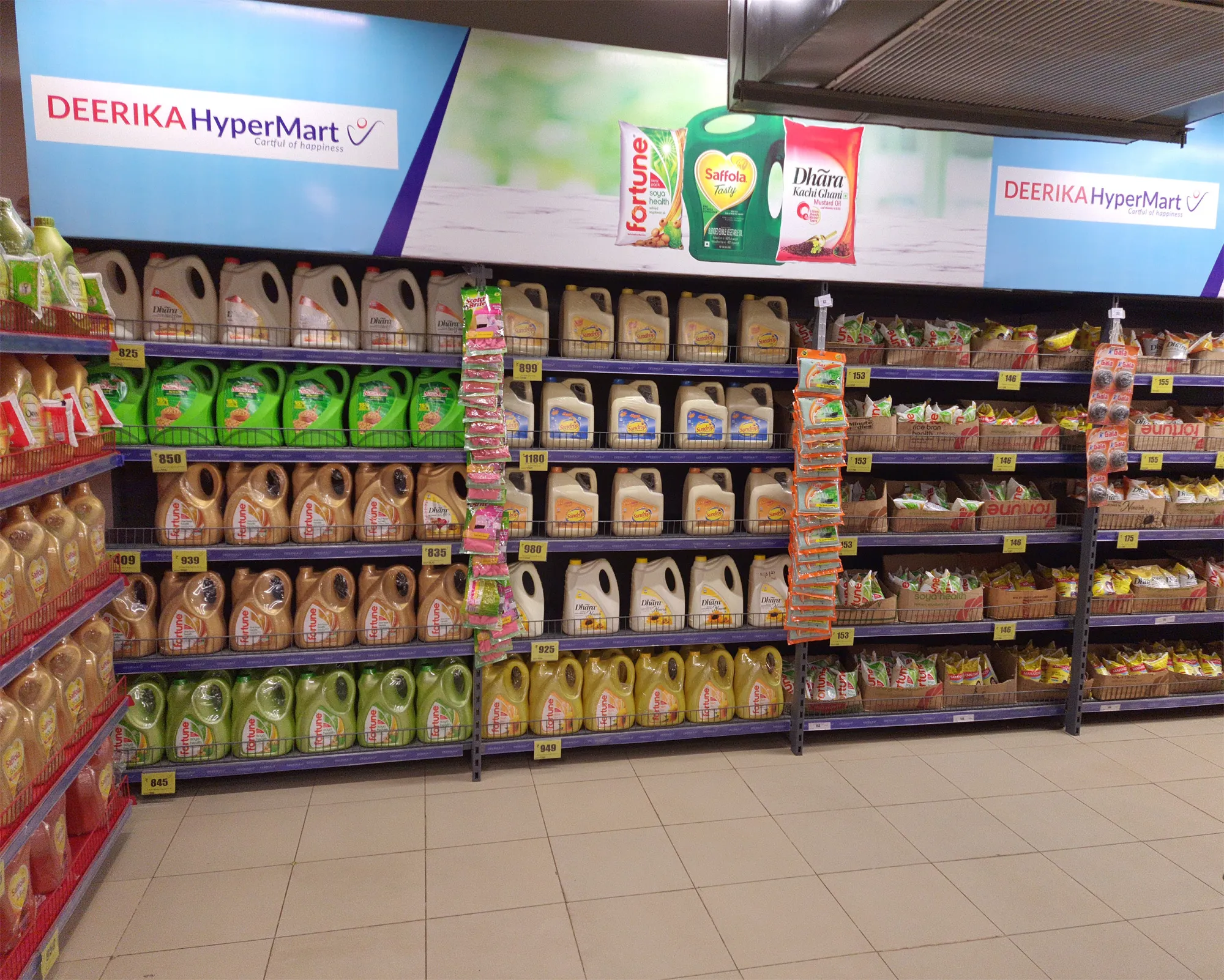
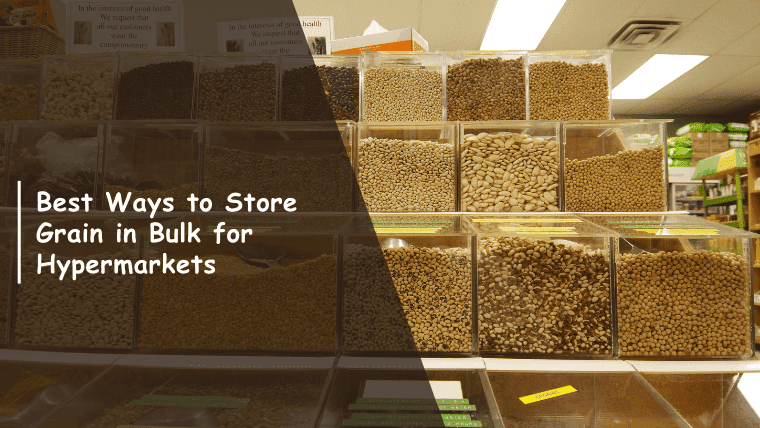
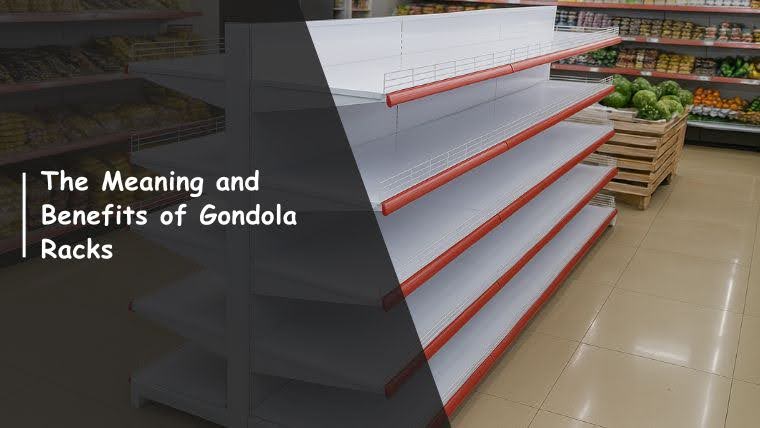
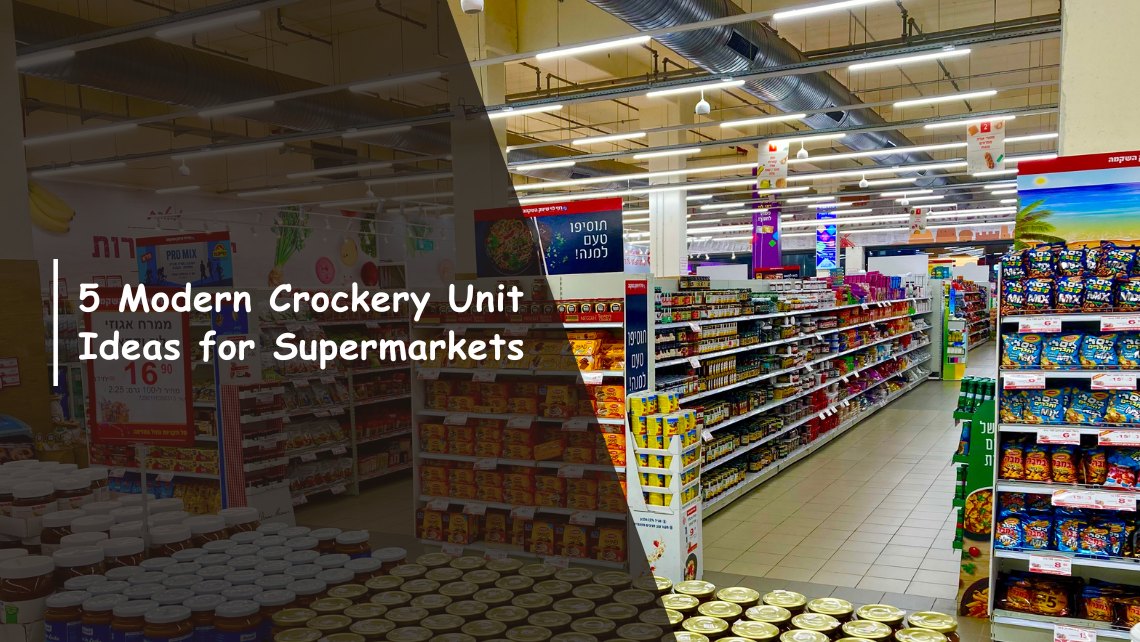
Ready to Upgrade Your Process Operations?